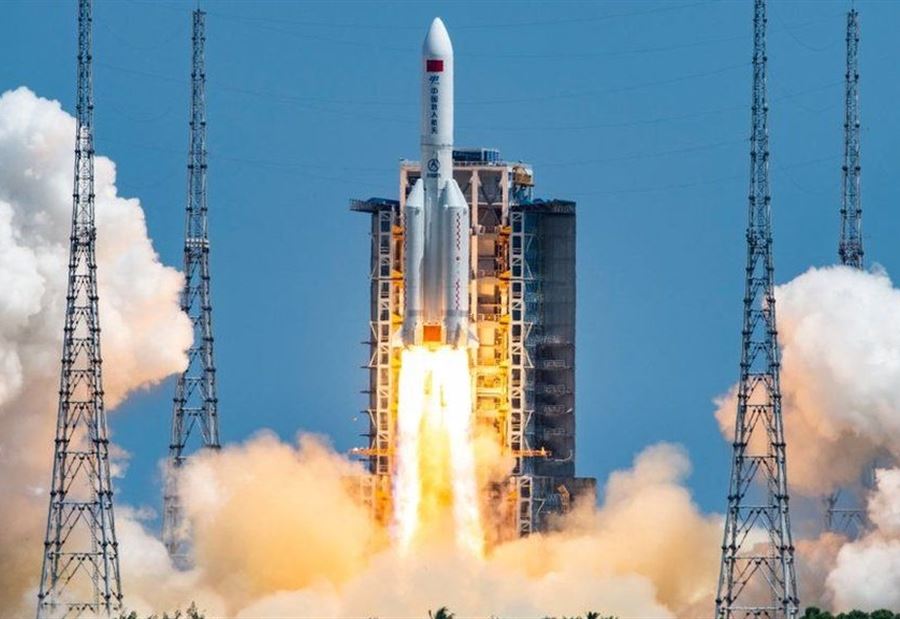
As the world is closely watching the movements of the remains of the Chinese rocket, as it returned from space, after going out of control, the International Astronomical Center on Friday announced a new update on it, indicating that the rocket may have crashed in the Arab countries. has it.
The astronomical center tweeted that debris from the Chinese rocket is expected to fall on Saturday, explaining that the rocket’s landing date will be today at 17:22 GMT.
In a statement accompanying an explanatory image, the International Astronomical Center confirmed that it expects all areas below the red and green lines to be likely to fall, including Saudi Arabia, Sudan and Qatar.
update (3) #Chinese_rocket_missile
According to (USSTRATCOM): Fall date is July 30, 17:47 GMT ± 5 hours. map (1)
According to (IAC): July 30 at 16:54 GMT ± 6 hours. map (2)
All areas under the red and green lines are candidates for debris to fall on them. Saudi Arabia, Qatar and Sudan are among them #instantaneous pic.twitter.com/giJ9g02KzL
– International Astronomy Center (@AstronomyCenter) July 30, 2022
The US Space Command is tracking the trajectory of the 23-ton Chinese Long March 5B rocket that was carrying the Vientiane test unit from Hainan Island at 2:22 p.m. local time on Sunday, July 24. The unit was successfully anchored in an orbital position. After the Chinese completed the mission, the missile went in an uncontrolled direction towards the earth’s atmosphere and it is not clear where it will land.
This is the third such incident of an uncontrolled landing in which the country has been accused of not properly managing space debris since the launch of the missiles.
“This is a rocket that weighs more than 20 tons,” says Michael Byers, a professor at the University of British Columbia and author of a recent study on the casualty risk of space debris.
Byers explained that space debris poses little risk to humans, but larger pieces can cause harm if they land in populated areas.
Because of the increase in space debris, he said, these small chances are especially likely in the Global South, where rocket objects are nearly three times more likely to land at high latitudes, according to research published in the journal Nature Astronomy. become Jakarta, Dhaka and Lagos, than those in New York, Beijing or Moscow.
“This risk is entirely avoidable, given that technologies and mission plans already exist to allow for controlled re-entry (usually in remote ocean areas) rather than indiscriminate re-entry,” he told CNN via email. ”
The international best practice is to do a controlled re-entry and target a remote part of the ocean where the risk of casualties is high, said Holger Krag, head of the European Space Agency’s space debris office.
He added: The return zone of this missile is geographically limited between 41 degrees south latitude and 41 degrees north latitude of the equator.
Source: Lebanon Debate